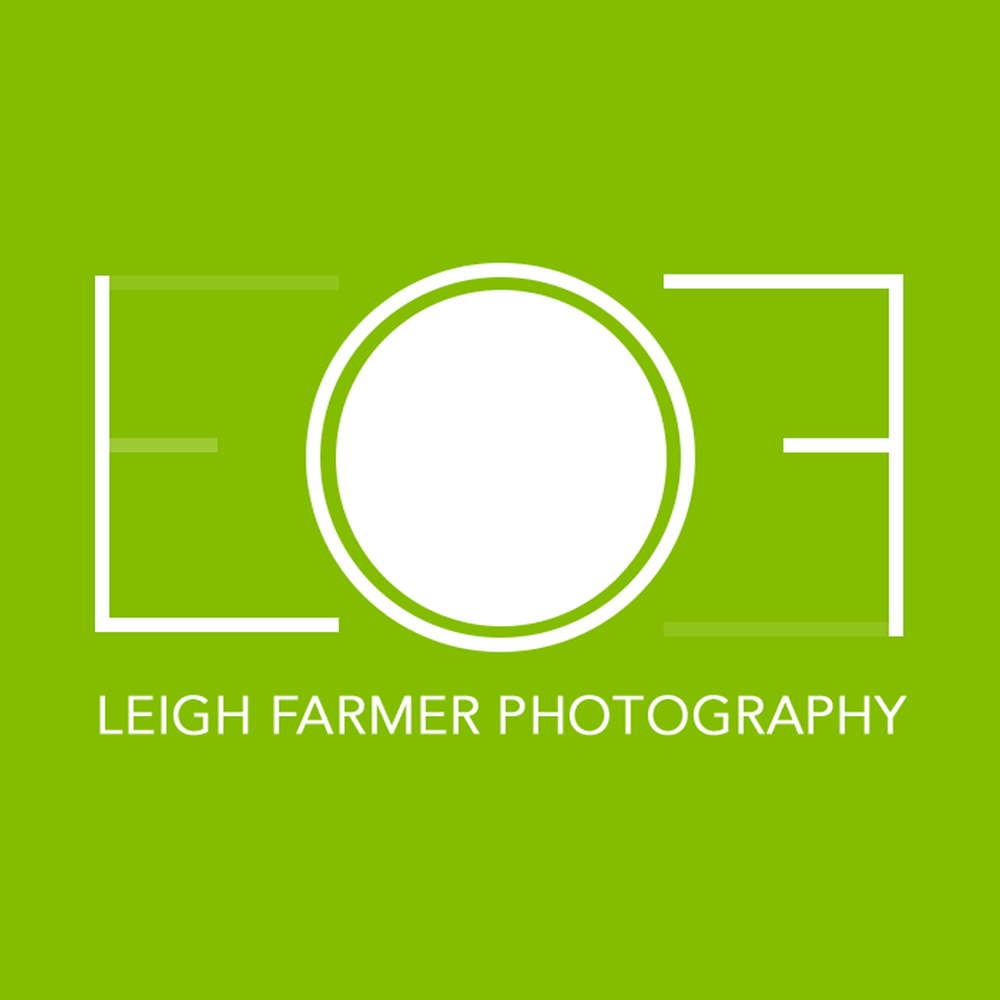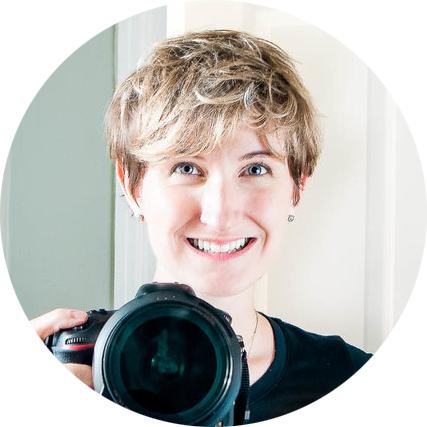5 questions Web Designers wish you would ask about photography for your website
Web designers spend hours and hours crafting a website perfectly aligned with your brand and then you supply them with a library of blurry snaps and stock photography. They can’t complain, you are the client after all, but here are the things they wish you knew about photography for web design.
Does file format matter when it comes to supplying pictures for my website?
In a word…Yes.
Blurry images can damage your brand and compromise the appearance of a well-designed website. File size is crucial too, images that are too large will dramatically increase a site’s loading time which isn’t great for user experience and can negatively impact your SEO efforts.
As a rule of thumb, JPEG format works well for photographs - compressing image size whilst retaining quality; PNG files are a good choice for complex graphics with details and sharp lines. There’s no absolute answer and it’s good to double-check with your web designer which they’d prefer.
As web designers, we need high quality images (high resolution) so that they look great even on larger screens. Sometimes we may need to reduce the file size so that the website doesn’t become slow to load. You can use free software like https://tinypng.com/ to reduce image sizes without compromising image quality
Jean Wilkins, Quay Click – Web Design & Digital Marketing
A professional photographer should be able to provide any size or file type you need, if you aren’t sure, just ask. An online gallery tool, like Shootproof, is a handy tool professional photographers can use to help you select, download and share your images in the necessary resolution.
No matter the style, ensure all photos are supplied in a sharable folder (eg dropbox), are high resolution, JPEG or PNG format and never saved inside a Microsoft word document.
Tristan Parker – Digital Marketing Agency Exeter
Should images be portrait or landscape?
It’s good to have options but if you had to make the choice then landscape is the way to go.
Generally, landscape images work best in web design, particularly for hero images (the large title image on your website homepage). We recommend images are at least 1920 pixels wide and with an aspect ratio of 16:7.
Jean Wilkins, Quay Click – Web Design & Digital Marketing
Typically photos of people or products are cropped quite tightly but this can be difficult for web designers when the zoom on a picture changes depending on the device type you are using e.g. tablet vs phone. Supplying images with lots of negative space means there isn’t the risk of people’s heads getting chopped off accidentally!
Is it a case of the more pictures on my website the better?
No. Think quality over quantity.
Rather than littering your site with images, you should focus on the quality of its appearance. It is always recommended to use professional photography to show off your products and services at their best, and ensure that every image is relevant to your business.
Simon Fincham, It’seeze – Bespoke Web Design
Can I nick pictures from Google Images?
That’s a hard no. Copyright is king.
According to the Copytrack Global Infringement Report (2019), 2.5 billion online photos are stolen every day. The majority are JPEG files used for websites, blogs and articles. 28% of these stolen images are used by commercial businesses and 11% by individual professionals. Not only is it not good practice, get caught and you could face a hefty fine.
Copyright is a big one, we’d like customers to know that you can't just use images you find on Google.
Dan, Web Designer, Abundant Fish – Marketing and Web Design Agency
Will stock photography suffice?
I can’t stress enough the importance of brand photography over stock imagery to help convey a business in the best possible light. Investing in professional photography helps tell your story and ensure your website looks polished and consistent… It also makes our job a lot easier, as we’re not struggling to find the right style of imagery to reflect a brand
Martin Shelton, MD, Velocity Web –Web Design and Marketing
Stock photography can have a place on your site but it’s best used in moderation, when you really don’t have the resources to go for a professional photographer. For more info on Stock Photography, check out this blog: Stock Photography: What it is, How to use it, When to avoid it.
If bespoke photography is not an option, you can rely on stock photos, however, there is a balance that needs to be struck. It is very easy to devalue your own website with the use of cheesy looking stock shots.
Tristan Parker, Digital Marketing Agency Exeter
Another downside of using stock photos is that you’re missing a key element in building consumer trust - showing off the people behind the brand.
People buy people, so you need Meet the Team shots, with great images, well lit & consistent backdrop. Build trust by showing your offices/workshop/ factory/shop or your team in uniforms by a sign written van/vans etc. Have multiple product images if you want people to buy.
Nigel Wilkinson, MD, Abundant Fish, Marketing and Web Design Agency
Does file naming matter?
Best practice says yes. Choosing relevant file names helps from an administrative standpoint, it’s also a positive contributor to that all important SEO. Alt-tags are vital and even though it can feel wearisome, they should be added to all the pictures used on your website.
When it comes to file names, it helps to include the name of the web page in the file name e.g. ‘about' or ‘home' (this helps with organisation if you need to locate an image later on). However, the most important criteria is to use alt-tags with your photos. These should be a written description of what the photo shows e.g. a man preparing dinner in a modern kitchen. Alt-tags help people with visual impairments that use a screenreader to understand a website’s images. Alt-tags are also useful for SEO and can help inform search engines like Google what your website is about.
Jean Wilkins, Quay Click – Web Design & Digital Marketing
There you have it, the Web Designers have spoken, so next time you spend the time and money on a new website, remember these answers and make sure your photography is supporting not scuppering it.
This article was written by Leigh, an Exeter based corporate photographer, specialising in personal branding shoots and business headshots. No stuffy studios, just professional, natural portraits for modern entrepreneurs.







